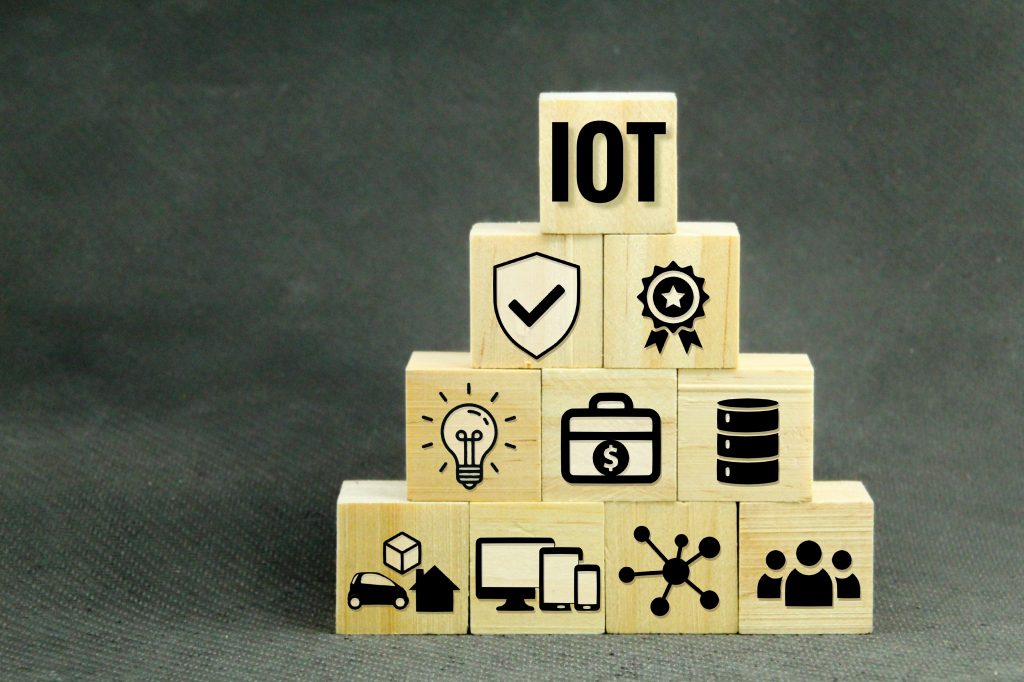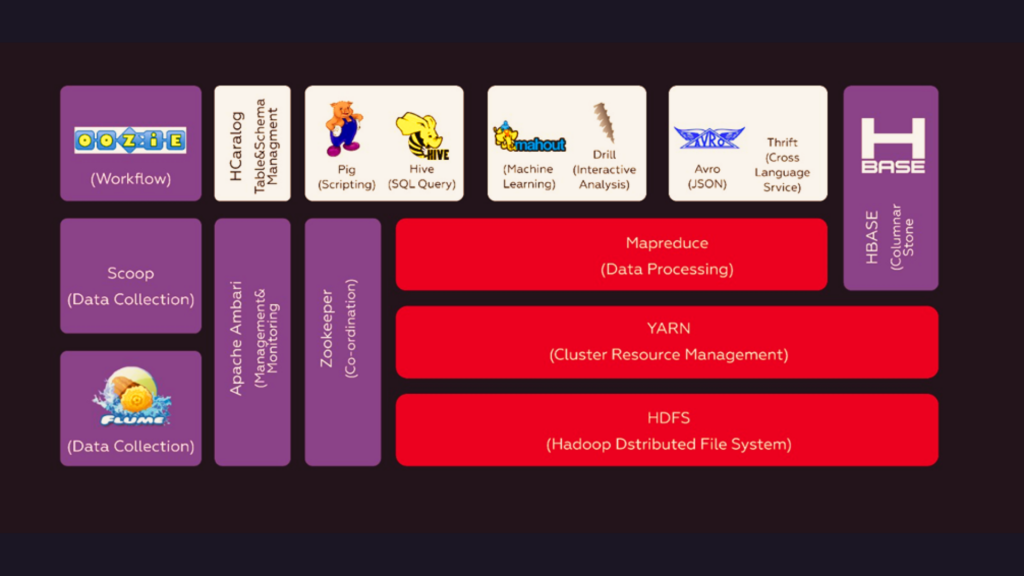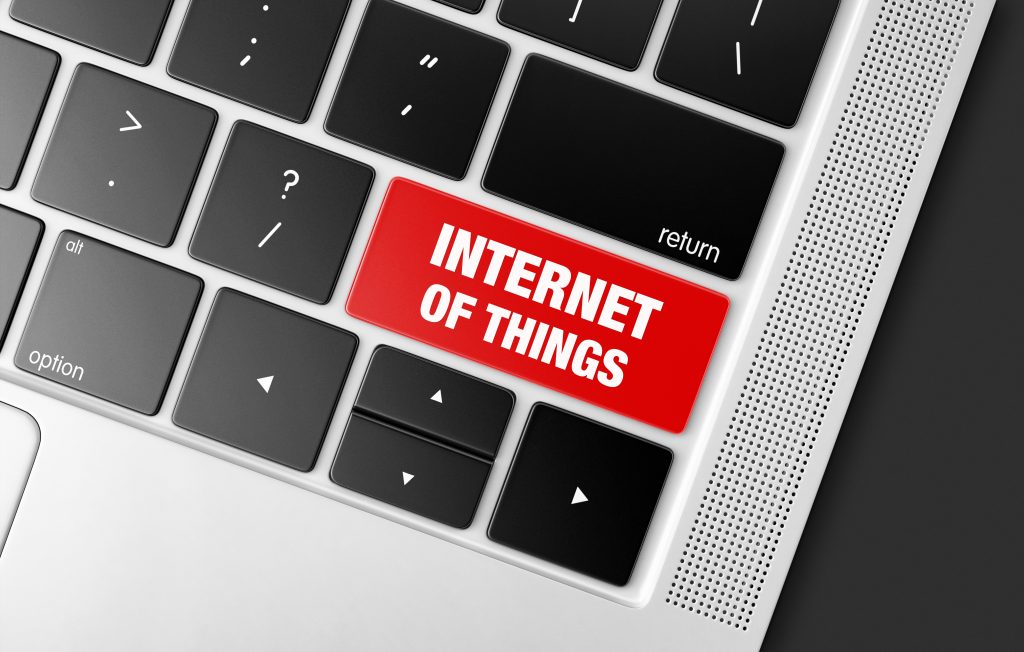
The Internet of Things (IoT) is essentially the network of physical objects—devices, vehicles, buildings and other items that are embedded with electronics, software, sensors, and network connectivity, which enables these objects to collect and exchange data. IoT allows objects to be sensed and controlled remotely across existing network infrastructure, creating opportunities for more direct integration of the physical world into computer-based systems, and resulting in improved efficiency, accuracy and economic benefits.
In the past several years, IrisLogic has worked with several startups and well established companies in IOT space. There are very many lessons we have learnt and here is a gist and we share.
- Cost: Like all projects, cost is an important driver in all IoT projects. The business case for an IoT product often hinges on the total system cost as it relates to incremental revenue or cost savings generated by the system i.e. ROI. However, optimizing hardware and connectivity for cost is a difficult and timeconsuming effort on its own. Teams are often forced by management to come to the table with solutions where the costs are hugely strained. A better path is to build proof of concept prototypes to help iron out the business use cases, and spend time building guidelines towards cost reduction. There is an amazing amount of learning that will happen once real IoT product get in front of customers and the marketing team. This assessment will be valuable in building the final product. Anything we do to procrastinate or impede getting to this criticism cycle will slow getting the product to market.
- Definition: IoT Platforms often solve a piece of the problem, such as ingesting data, transforming it, storing it, etc. If your idea is so common or generic that there’s an off-the-shelf application stack ready to go, it might not be a big success anyways. Start by creating some basic application to kick start, and build from there. There are possibly number of cases that you did not consider such as, provisioning, blacklisting, alerting, dashboards, etc. that will come out as you develop your prototype. Eventually, someone is going to have to write actual software to add the application logic you are looking for, time spent looking for the perfect platform might be wasted. The development team you select will probably have strong preferences. Of course, there are some excellent design criteria to consider around scalability, mobility, analytics, and extensibility.
- Hardware: Hardware design, designing for manufacturability, and design for testing are whole disciplines unto themselves. For enterprise and consumer physical products, the enclosure for the electronics plays a heavy role in how the product is perceived. If you leave the industrial design until the end of a project, it will show. While we do not recommend waiting until you have an injection molded beauty ready to get going in the prototype stage, do not delay getting that part of your team squared away. Also, certification, such as FDA or UL, can create enormous pain very late in the game, if you are not careful. Make sure to work with a team that understands the rules, so that compliance testing is just a check in the box, but not a costly surprise at the last minute.
- Connectivity: Many customers start out assuming that they can use the wireless network inside the enterprise or industrial setting to carry their IoT data. Think again. Most IT teams have a zero tolerance policy of IoT devices
connecting to their infrastructure for security reasons. As if that’s not bad enough, just getting the device provisioned on the network is a real challenge. Instead, look at low cost cellular technologies that can connect to battery
powered devices at very low costs. - Innovation: This is tough one usually for the teams, but we have experienced that even large, public company do not have a mature, cross-functional team that covers every IoT discipline and is ready for new product or solution innovation. Be careful, your team would not always know the best way to solve technical problems. The one thing you do know best is your business and how you go to market. These matter much more in IoT than many teams realize.
Conclusion: IoT offers unique opportunities for enterprises to connect people, processes and systems. However the IoT ecosystem is quite fragmented and requires customers to deal with multiple solutions and vendors. Addressing this challenge, IrisLogic has developed a comprehensive set of service offerings and assets, to help customers unlock business value.


